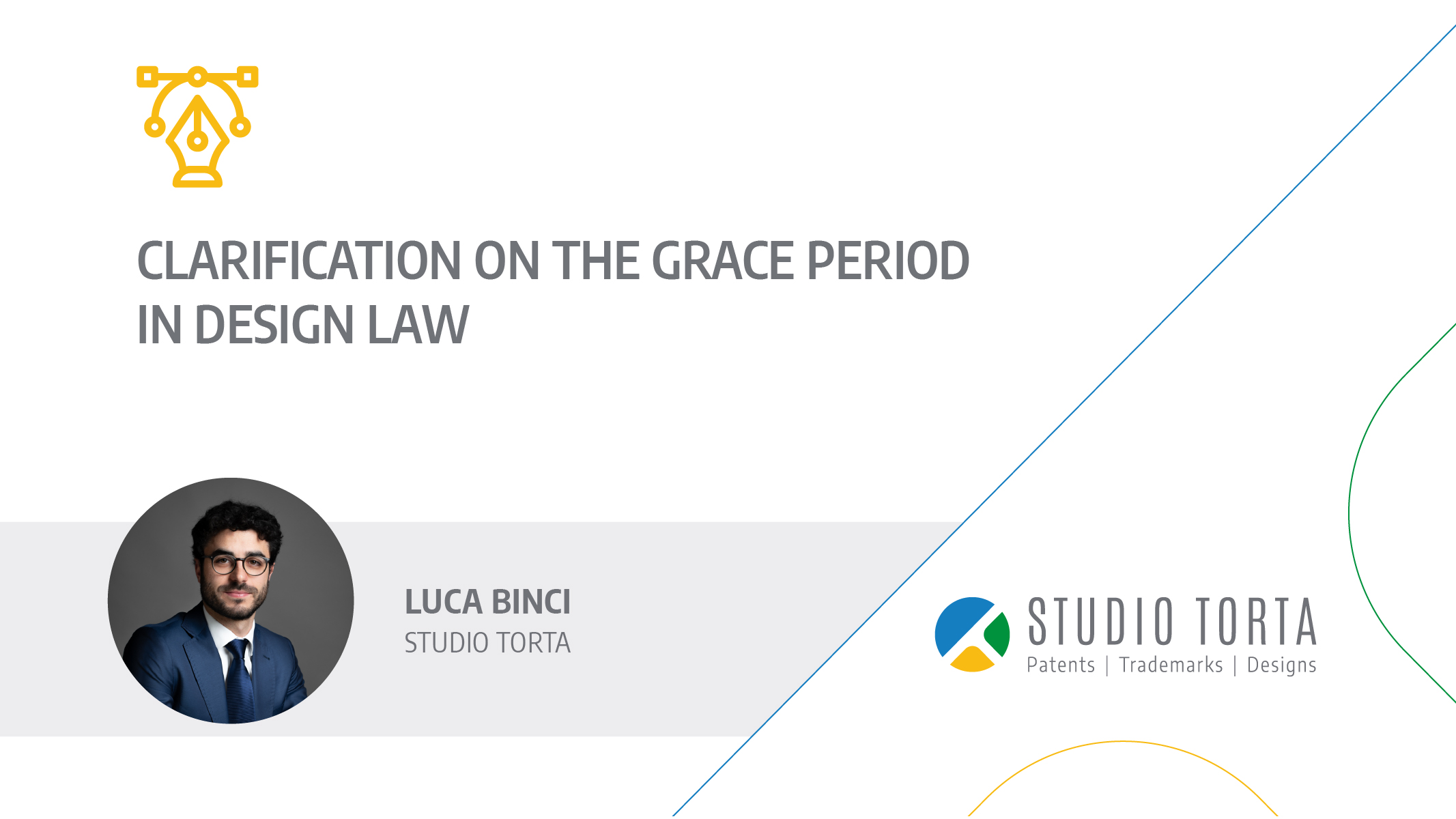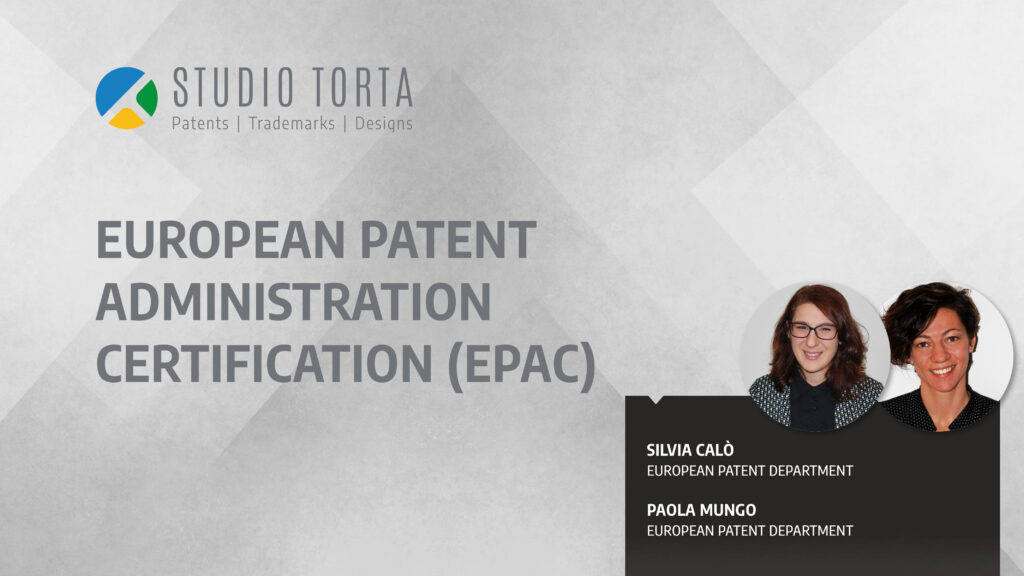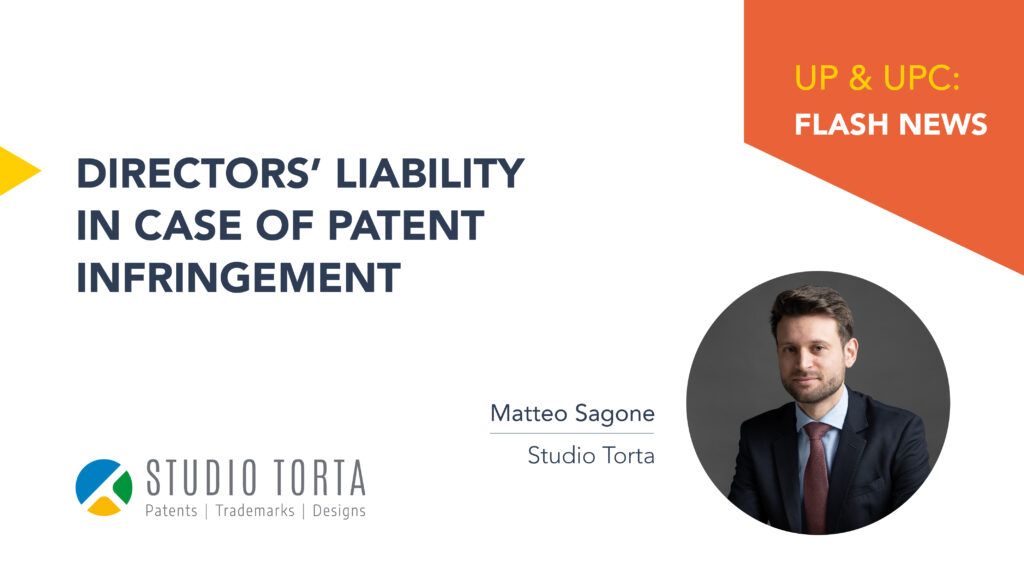Clarification by the European General Court on the grace period in design law
The grace period allows a design to be modified during the 12-month grace period, as long as the registered design produces the same overall impression as the disclosed design
The European General Court (Second Chamber) has delivered a landmark judgment (which can be found here) in case T-66/24, providing crucial insights into the application of the grace period in design law. The case, involving Lidl Vertriebs GmbH & Co. KG (“Lidl”) and EUIPO/Liquidleds Lighting Corp., revolved around the validity of a registered Community design of an LED light bulb (RCD no. 003619881-0001).
The dispute, initiated by Lidl, challenged the validity of the LED light bulb design of Liquidleds Lighting Corp. in view of differences between the originally disclosed design and the registered design. In fact, the core issue of the case was whether modifications made to the design during the 12-month grace period would affect its protection under Article 7(2) of Regulation No. 6/2002 (CDR).
Art. 7(2) CDR provides that a disclosure shall not be taken into consideration for assessing novelty and individual character of a Community design, if the design has been made available to the public, for example by the designer, during the 12-month period preceding the filing date (or priority date) of the design application.
In the judgement, the Court provided a detailed analysis of the wording of Art. 7(2) CDR noting that it does not specify the expressions “identical” or “same design”, unlike other provisions where identity is explicitly required. According to the Court, this deliberate choice substantiates a flexible interpretation of Art. 7(2) CDR.
Moreover, the court emphasized several key reasons for rejecting a strict identity requirement, including the regulation’s objective of promoting innovation, the practical need for market testing, and the necessity of allowing design optimization based on market feedback.
Therefore, according to the Court, the disclosed design does not need to be identical to the registered design for the grace period exception to be valid; instead, changes are permitted as long as they do not affect the same overall impression.
Finally, the Court also addressed:
- the burden of proof of the grace period, clarifying that the initial burden of proving the applicability of the grace period exception lies with the party invoking it; and
- the examination of evidence, clarifying that the assessment should focus on the context of disclosure rather than the exact identity of the designs.
The judgement gives designers the possibility to test and modify their designs in the market for 12 months before filing the design application, thus providing a pragmatic approach that balances the need for design protection with the flexibility required for modern product development.
It is interesting to note that the interpretation provided by the Court on the grace period is aligned with the upcoming EU Design regulation (Regulation 2024/2822), which explicitly addresses self-disclosure of earlier designs that “do not differ in their overall impression”.
Thus, together with the new regulation, this judgement contributes to create a coherent and clear framework for the application of the grace period, ensuring the design protection system to support innovation and at the same time to safeguard the business interests of design owners.




